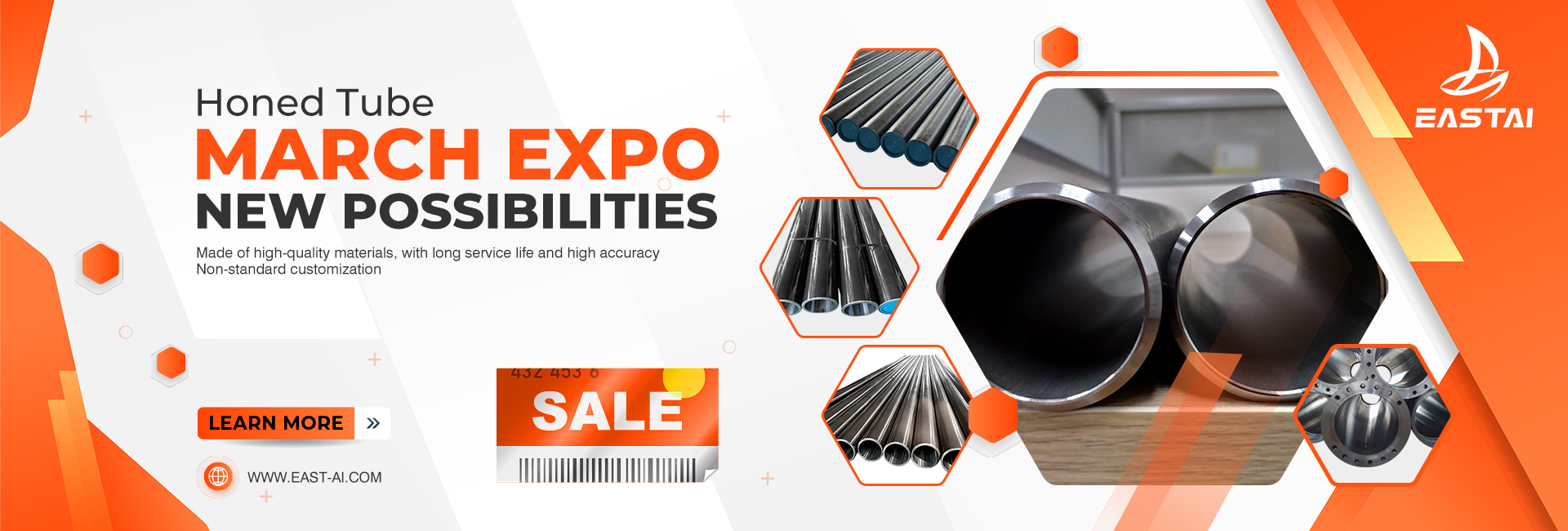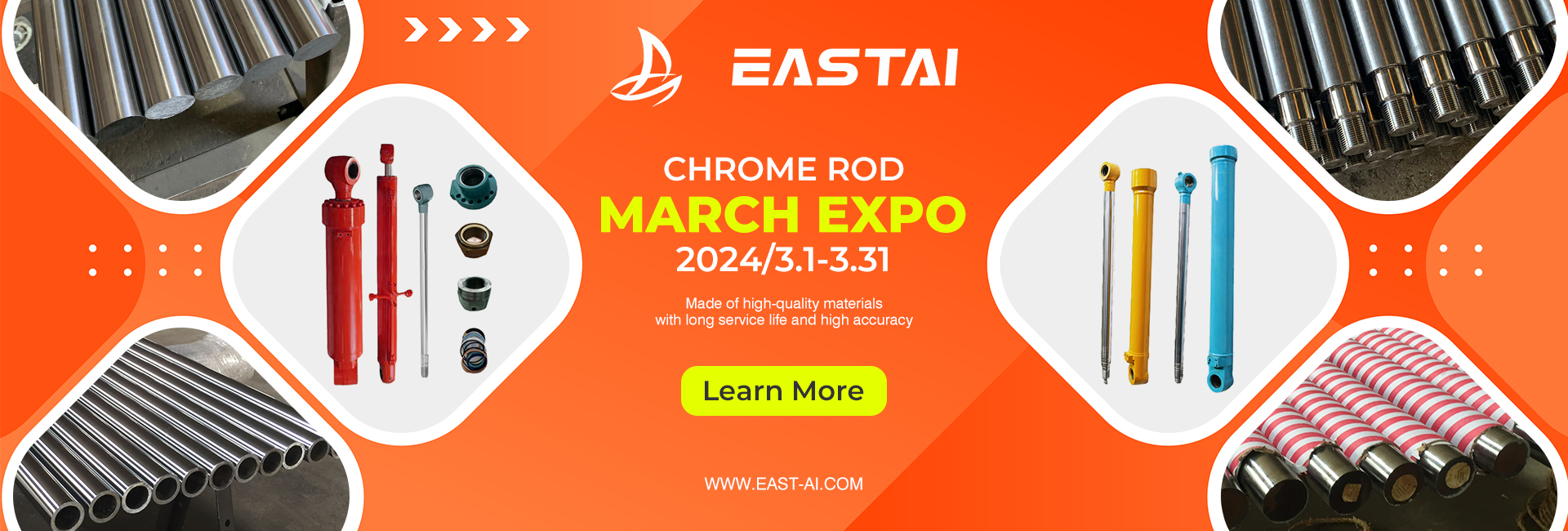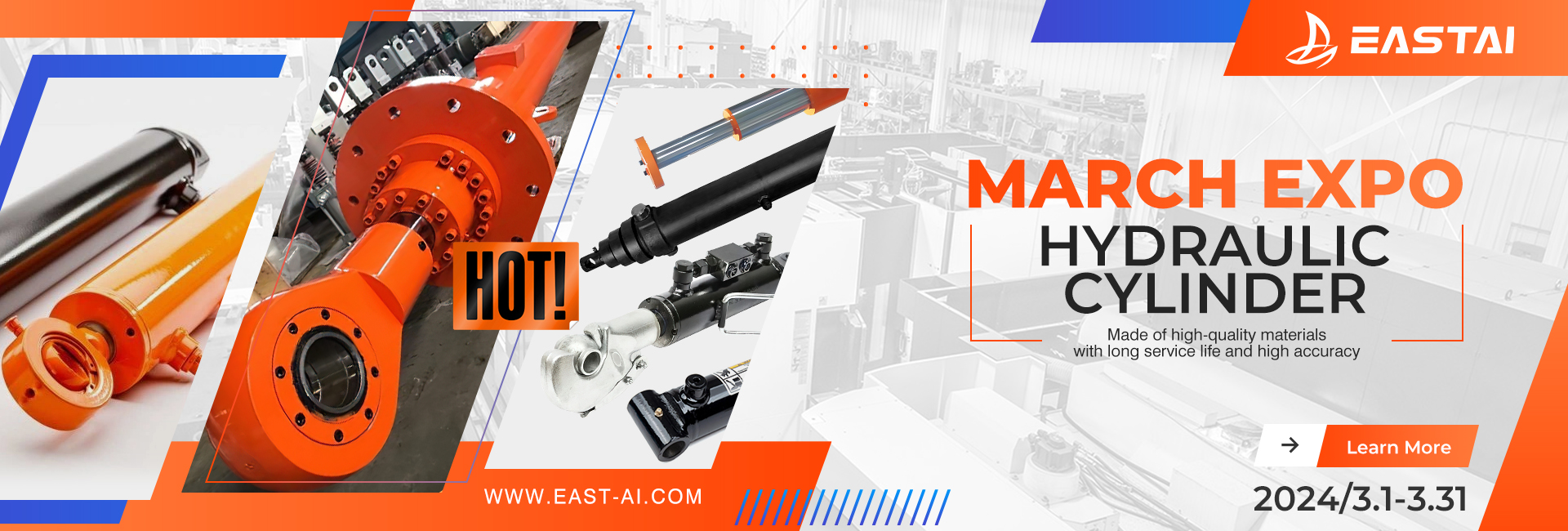Hydraulic cylinders are mechanical devices used to generate linear force and motion through the application of hydraulic pressure. They are commonly used in a variety of applications, including construction equipment, manufacturing machinery and the automotive industry.
The basic components of a hydraulic cylinder include a cylinder barrel, rod, end caps, seals and pistons. The cylinder barrel is a cylindrical tube made of metal, while the rod is a cylindrical component that extends from one end cap to the other. The end caps seal the ends of the cylinder barrel and the seals prevent hydraulic oil from leaking out. The piston is a component that moves within the cylinder and is connected to the rod.
When hydraulic pressure is applied to the piston, it moves within the cylinder, causing the rod to extend or retract. The amount of force generated by a hydraulic cylinder is determined by the pressure of the hydraulic fluid and the area of the piston. The motion produced by a hydraulic cylinder can be used to perform a variety of tasks, including lifting heavy objects, pressurizing and pulling.
Hydraulic cylinders are widely used because they are versatile, durable and can produce great forces. They can also be designed in a variety of shapes and sizes to meet the specific needs of a given application. However, they can also be expensive and require a reliable hydraulic source to function properly.
In summary, hydraulic cylinders are an important part of many industrial and mechanical applications. Designed to generate linear forces and motion through the application of hydraulic pressure, they offer a wide range of benefits, including versatility, durability and the ability to generate large amounts of force.
In addition, hydraulic cylinders are typically classified into two types: single-acting and double-acting. Single-acting cylinders produce force in only one direction, while double-acting cylinders produce force in two directions.
Double-acting hydraulic cylinders are more versatile and are typically used in applications that require extension and retraction of the rod. An example of a double acting hydraulic cylinder is a hydraulic jack, which can be used to lift heavy objects in both upward and downward motion.
In terms of maintenance, hydraulic cylinders require regular inspection and maintenance to ensure proper function and extend their life. This includes checking for leaks, making sure seals are in good condition, and replacing any worn or damaged parts.
Finally, safety should also be a primary concern when using hydraulic cylinders. It is important to follow all safety guidelines and to train personnel on the proper use of hydraulic cylinders. Regular inspections and maintenance can also help minimize the risk of accidents and ensure the safe operation of hydraulic cylinders.
In summary, hydraulic cylinders play a vital role in many industrial and mechanical applications, offering versatility, durability and the ability to generate large amounts of force. They can be divided into two types: single-acting and double-acting, and regular maintenance and safety measures are important to ensure their proper operation and longevity.
Post time: Feb-03-2023




